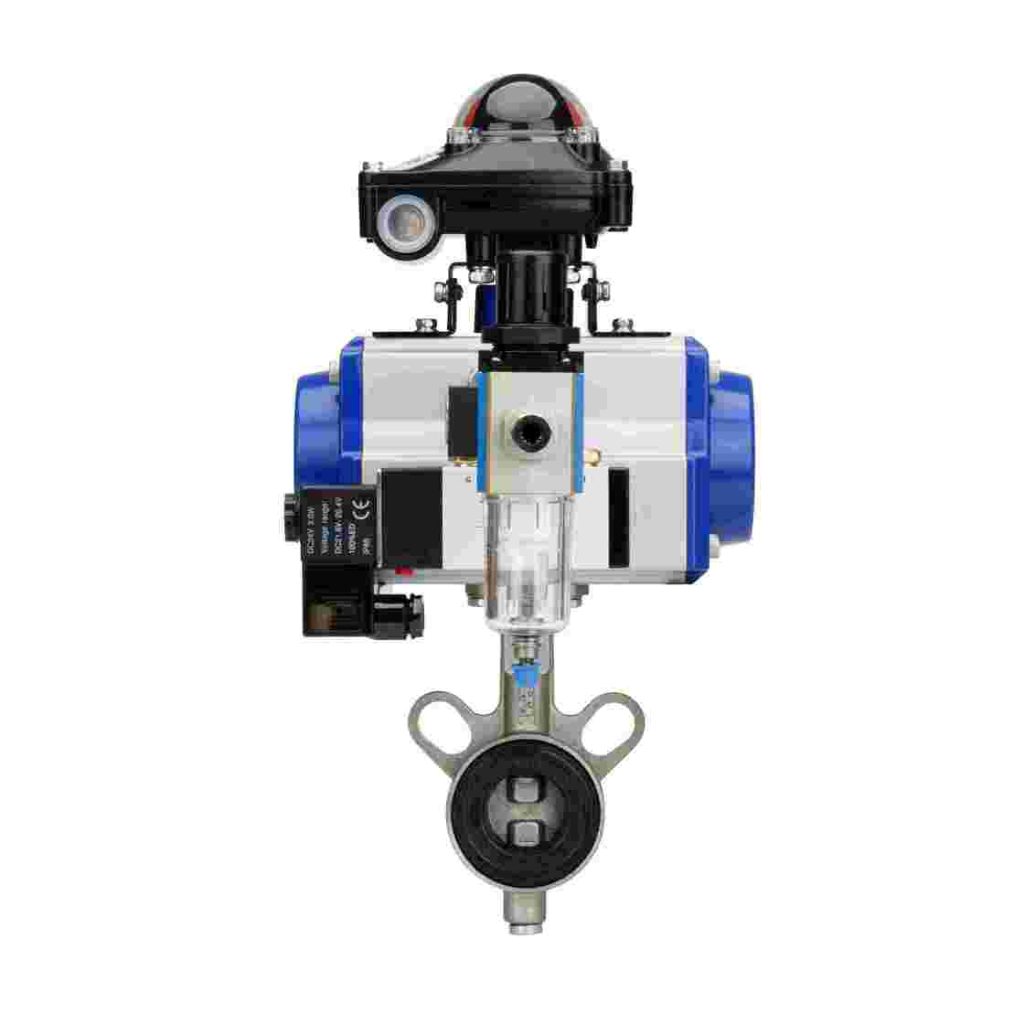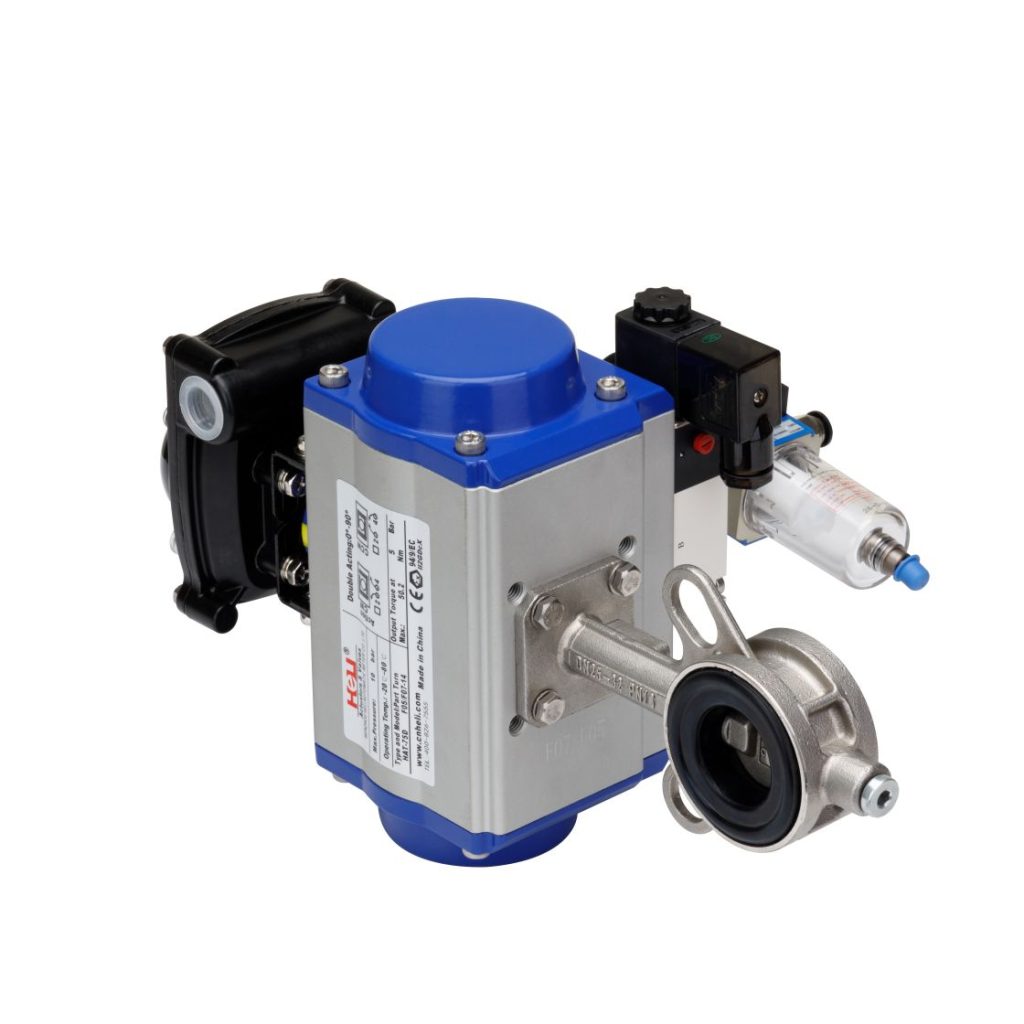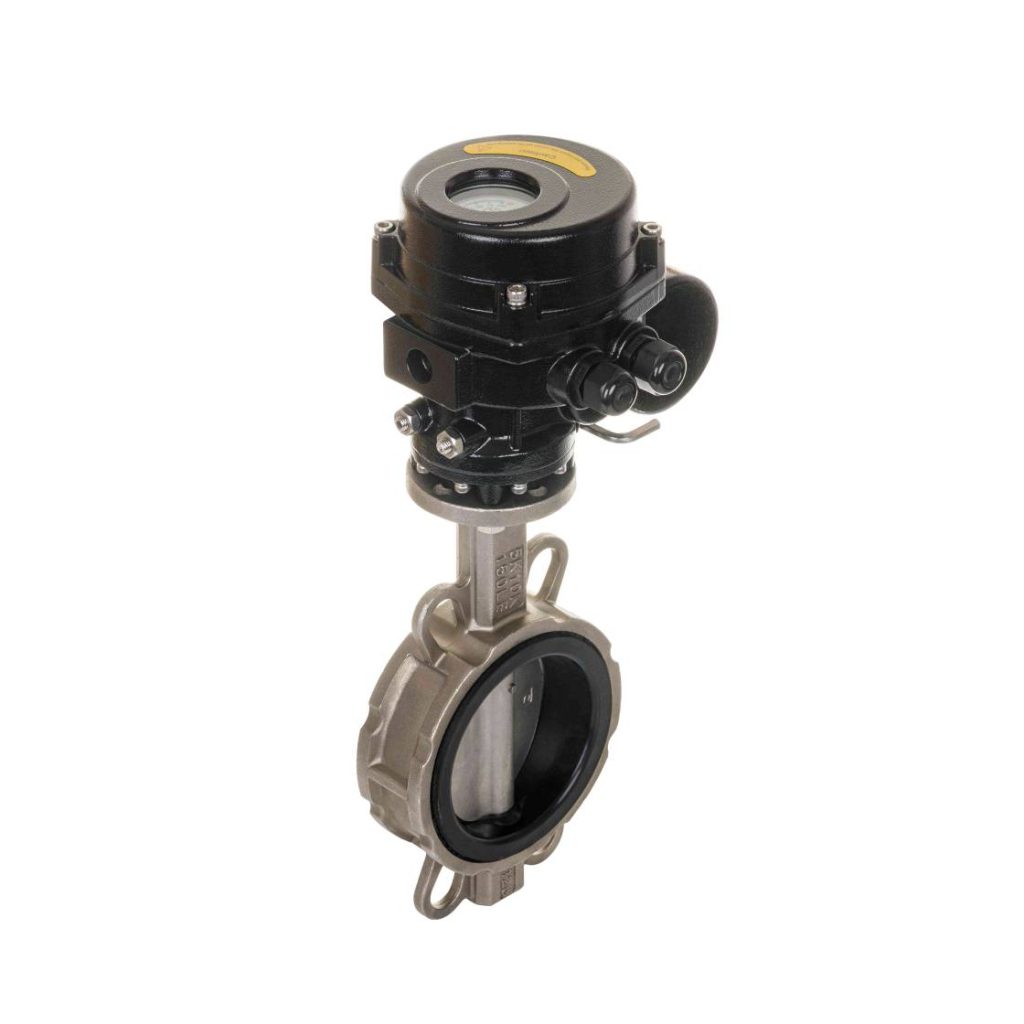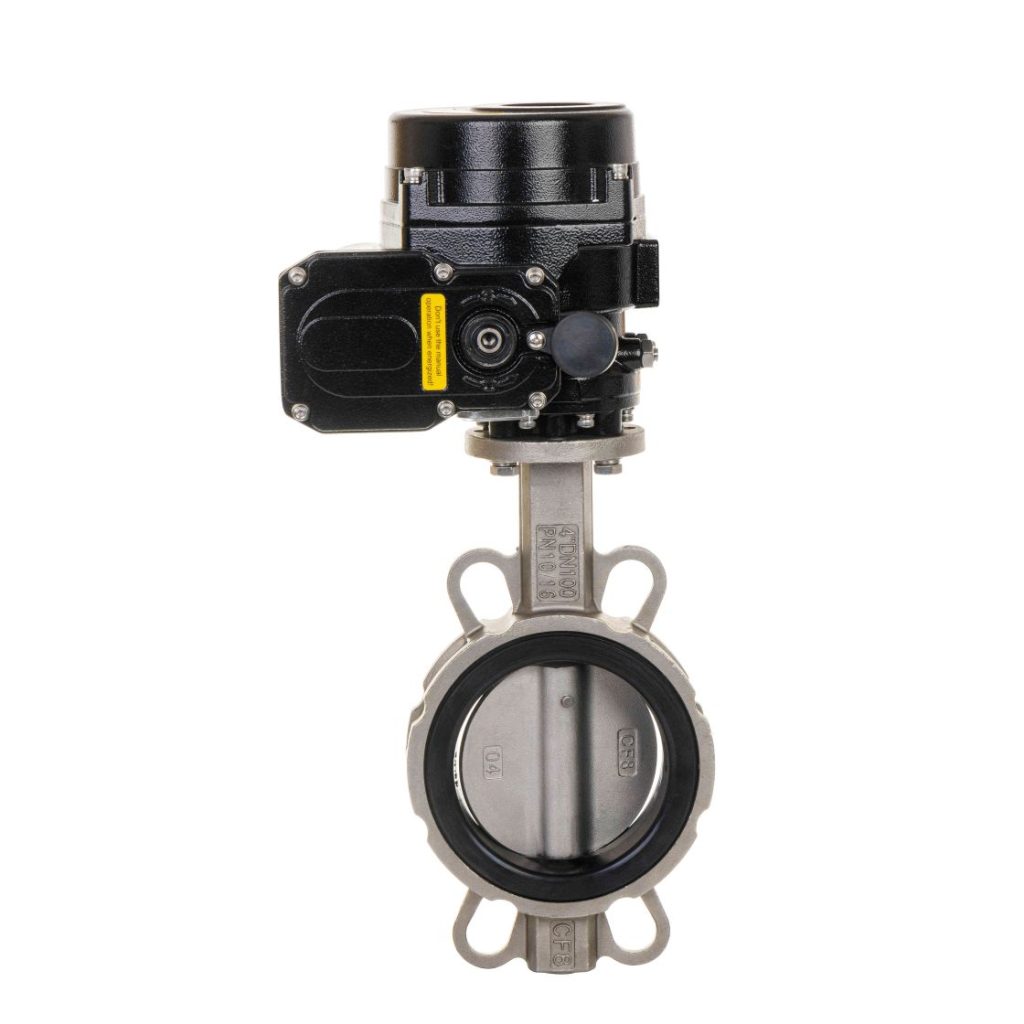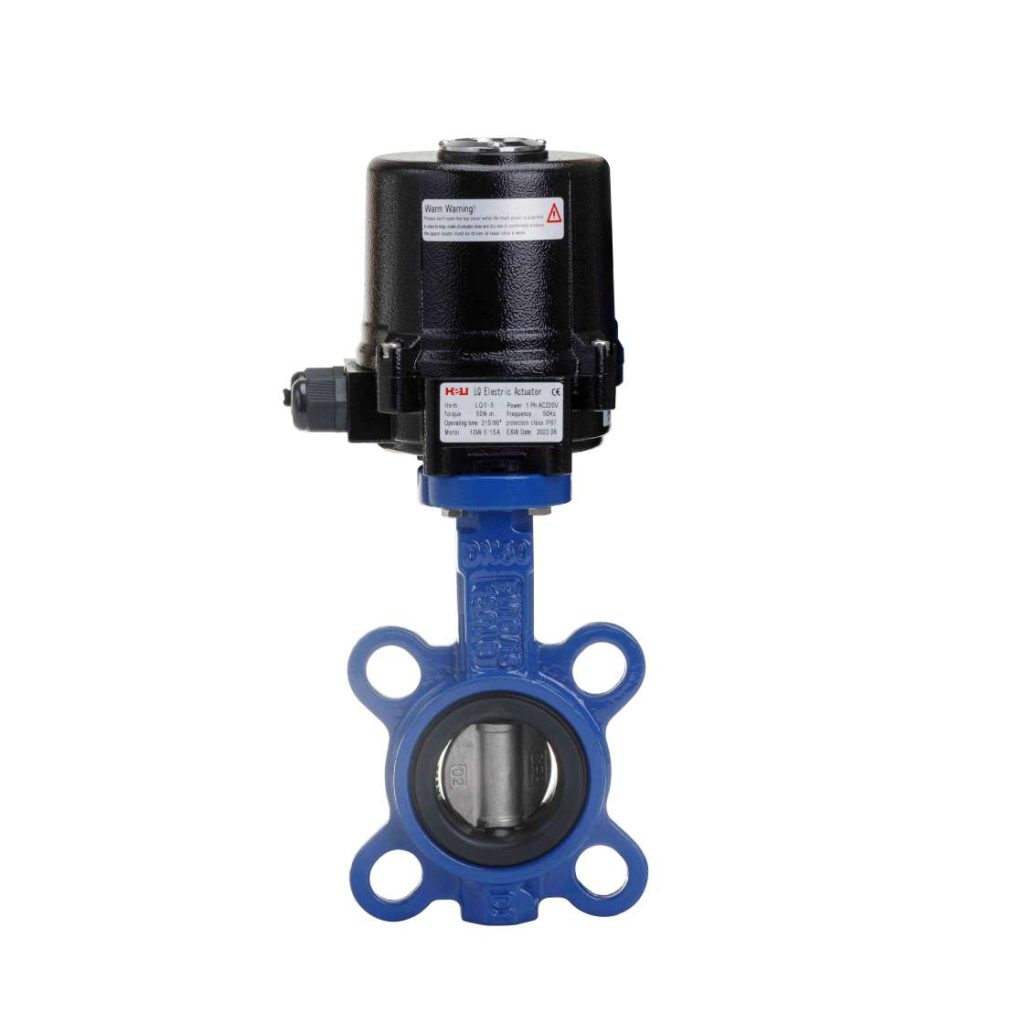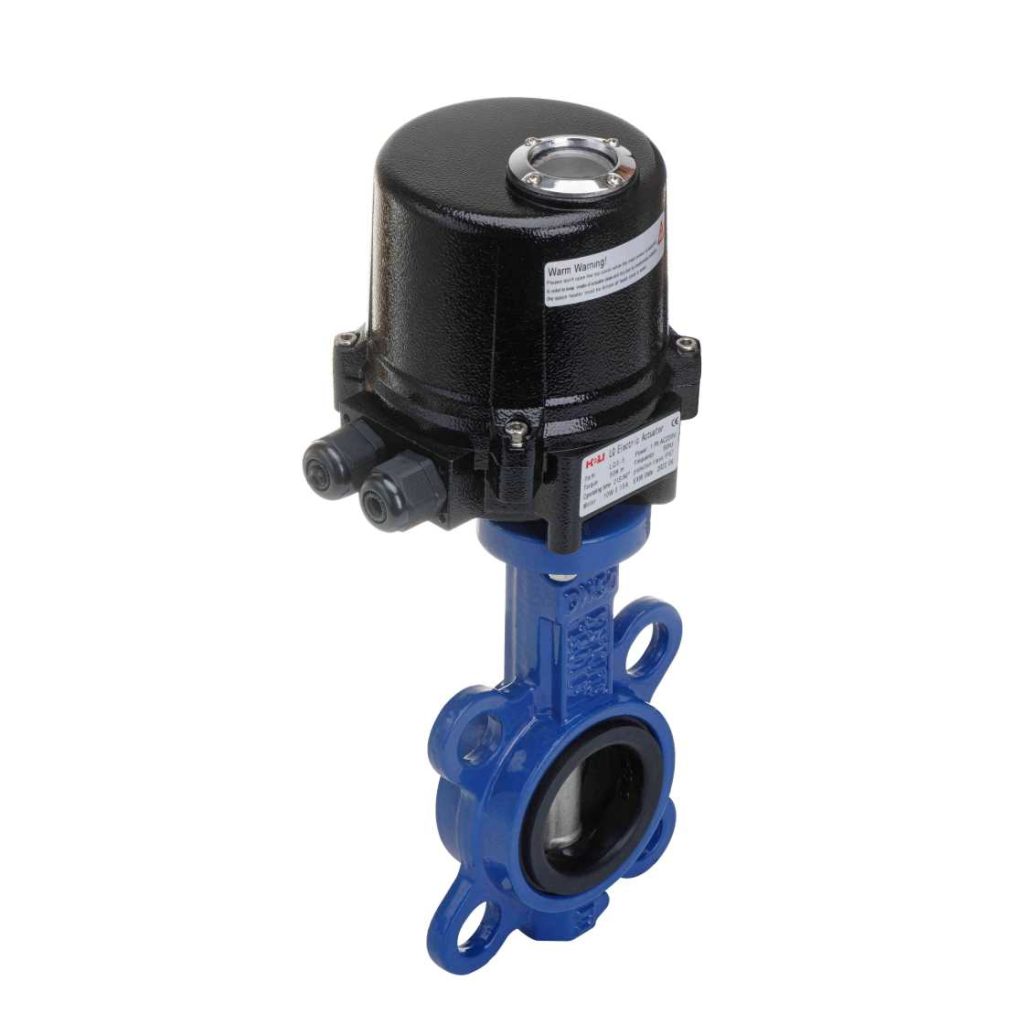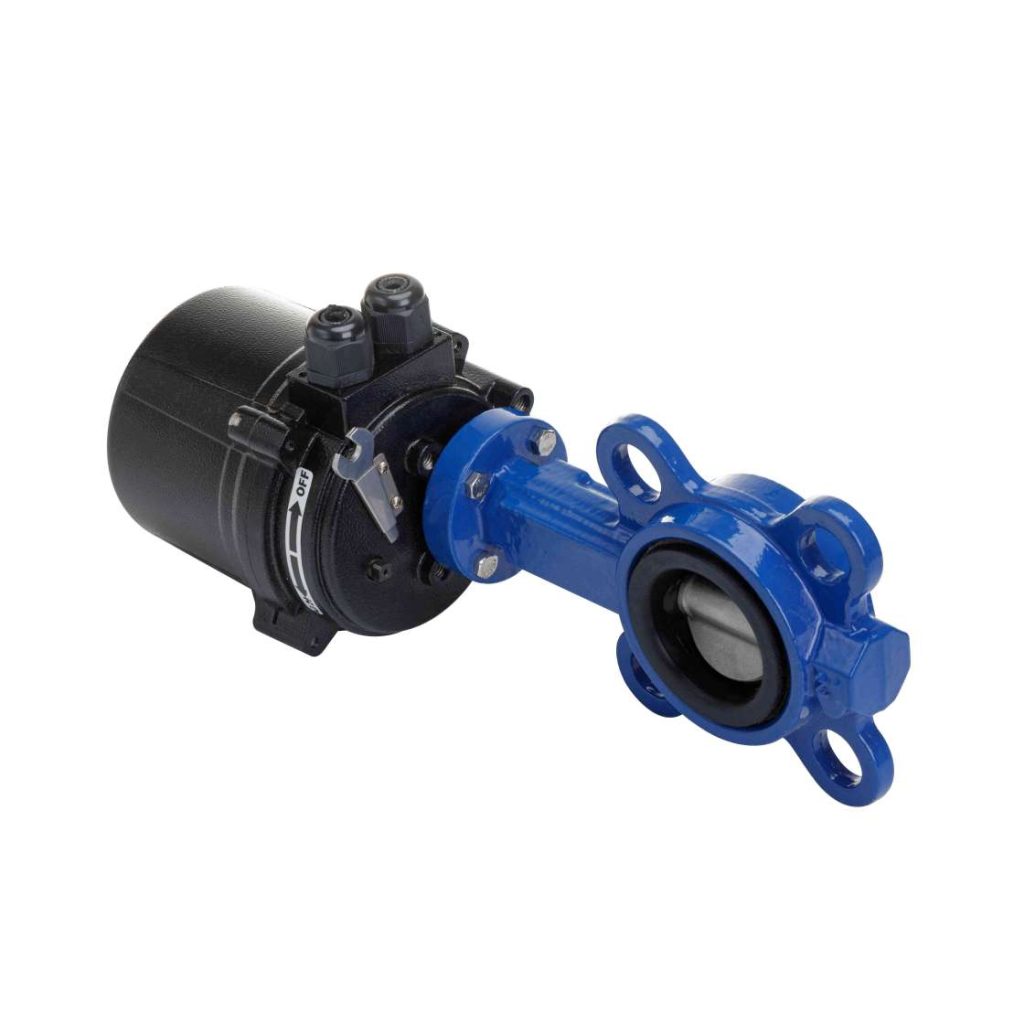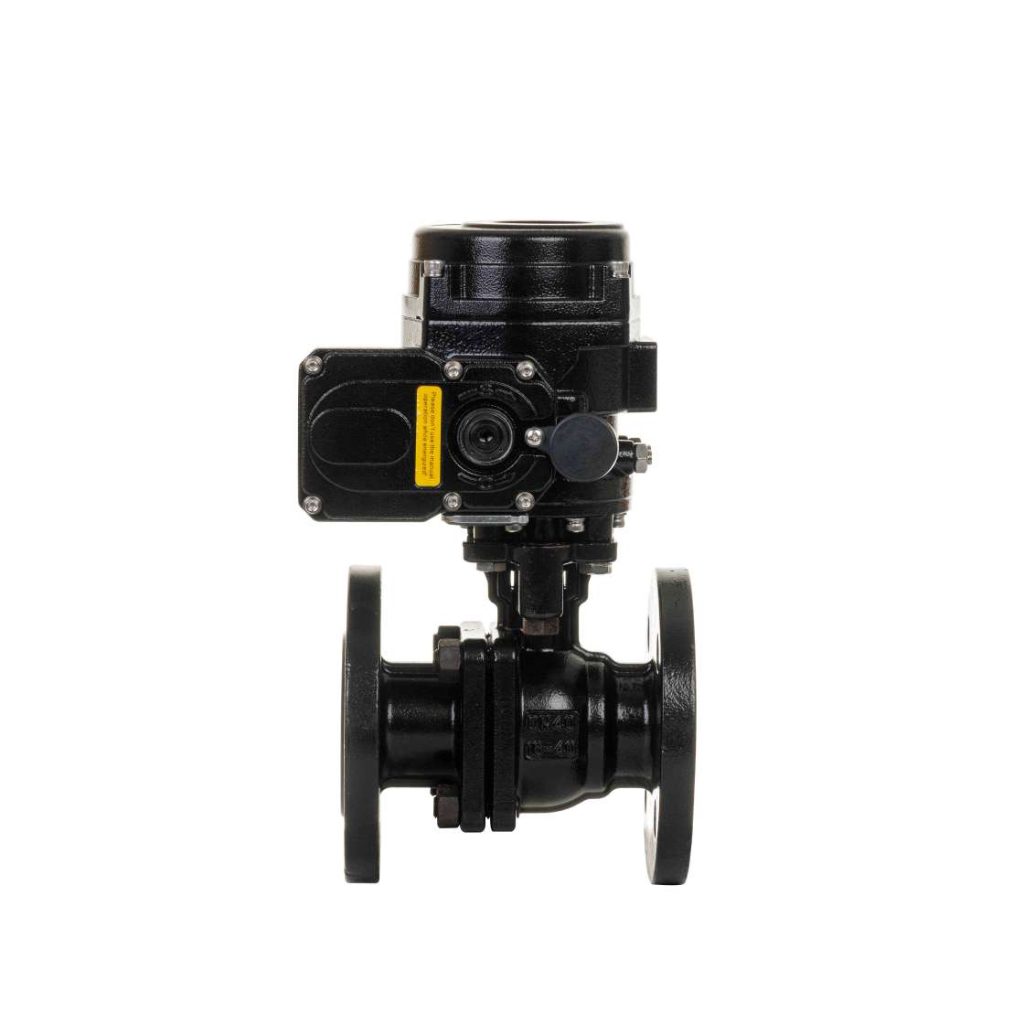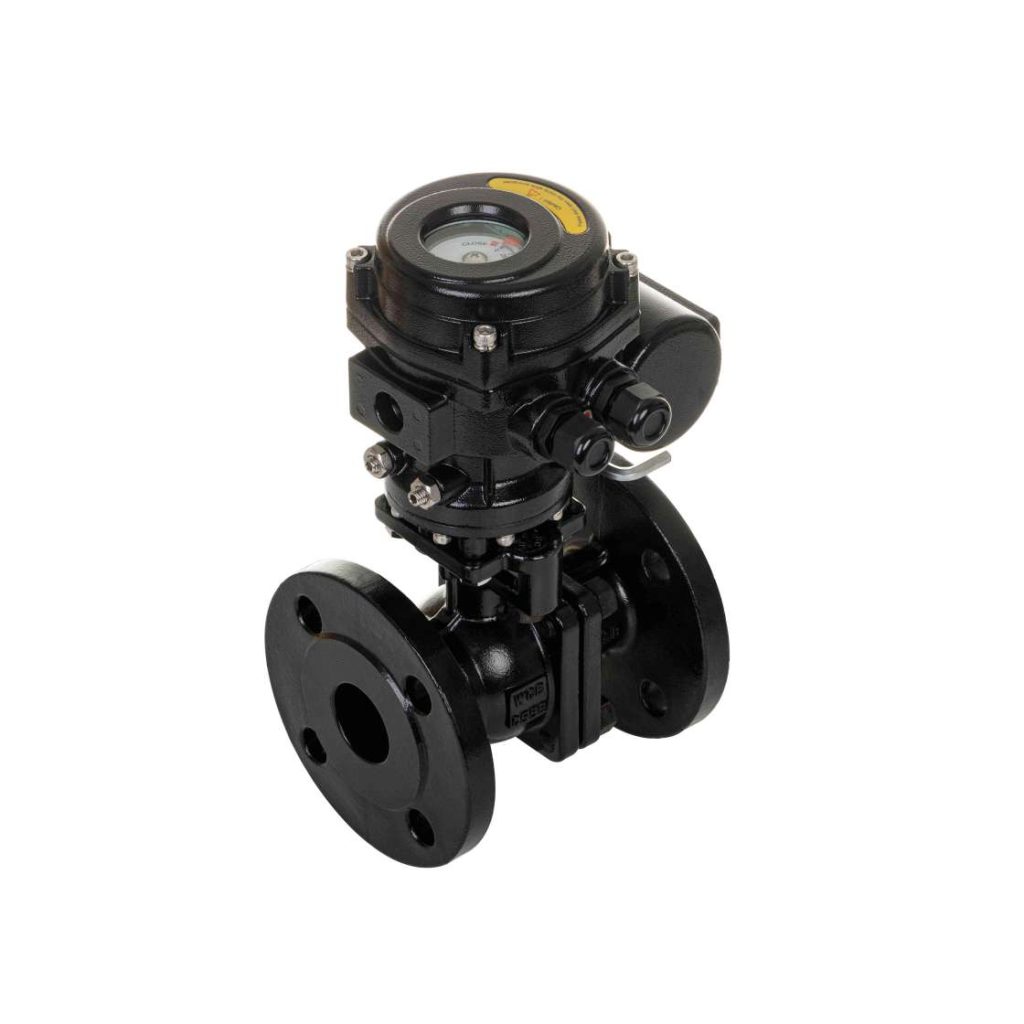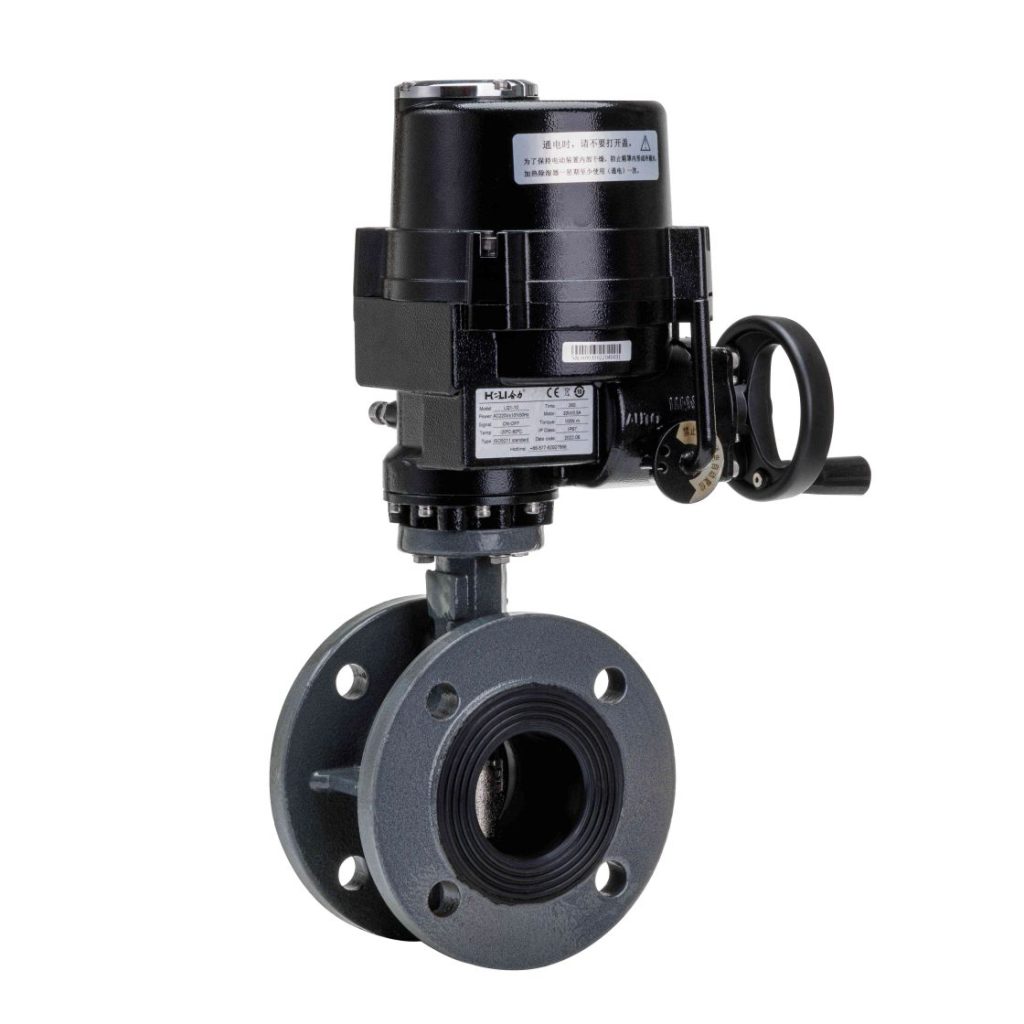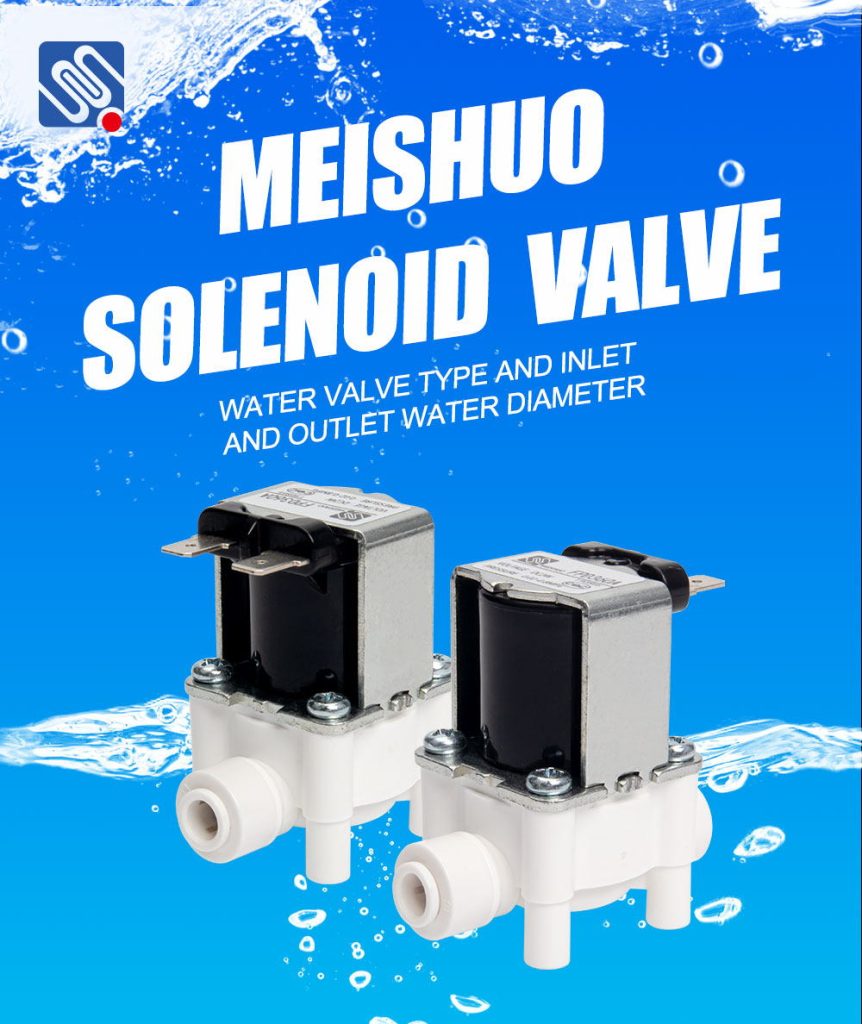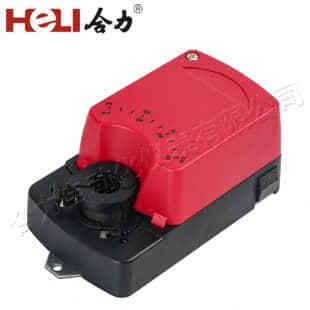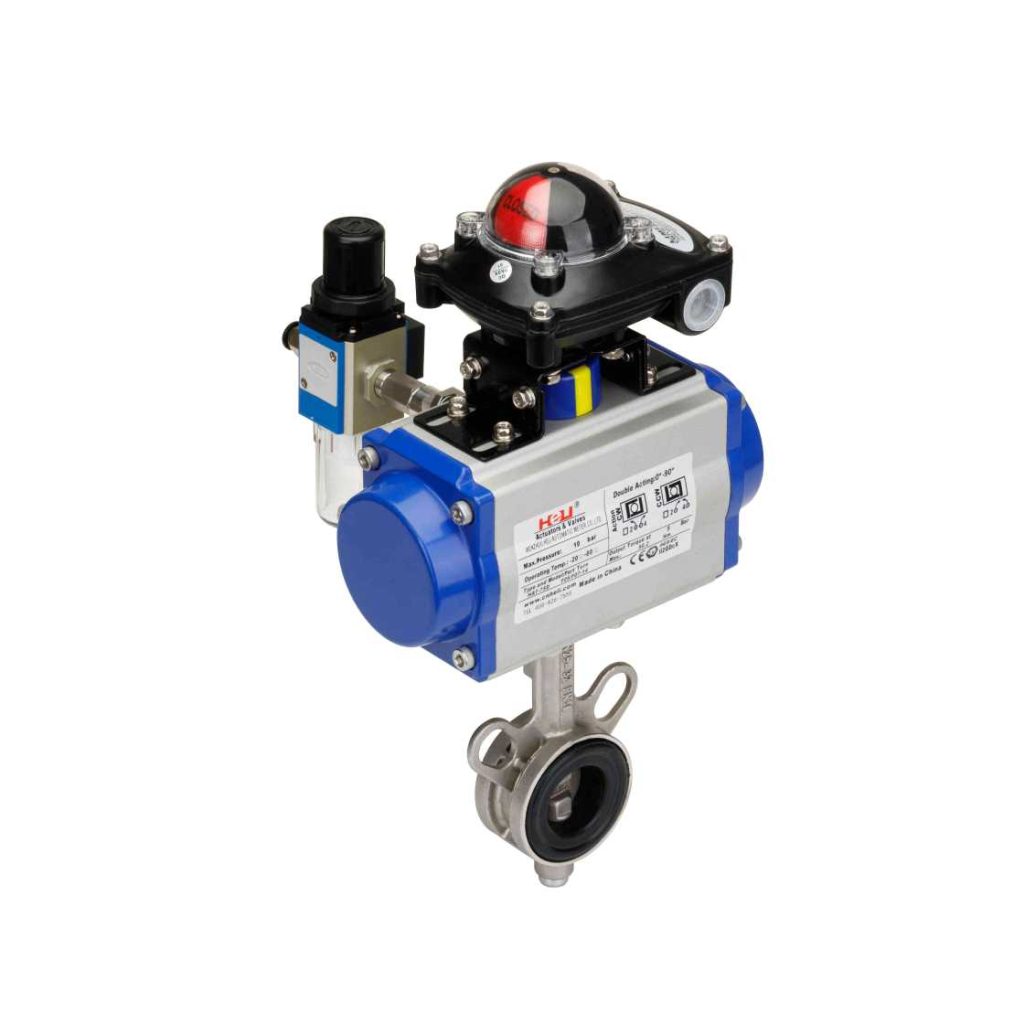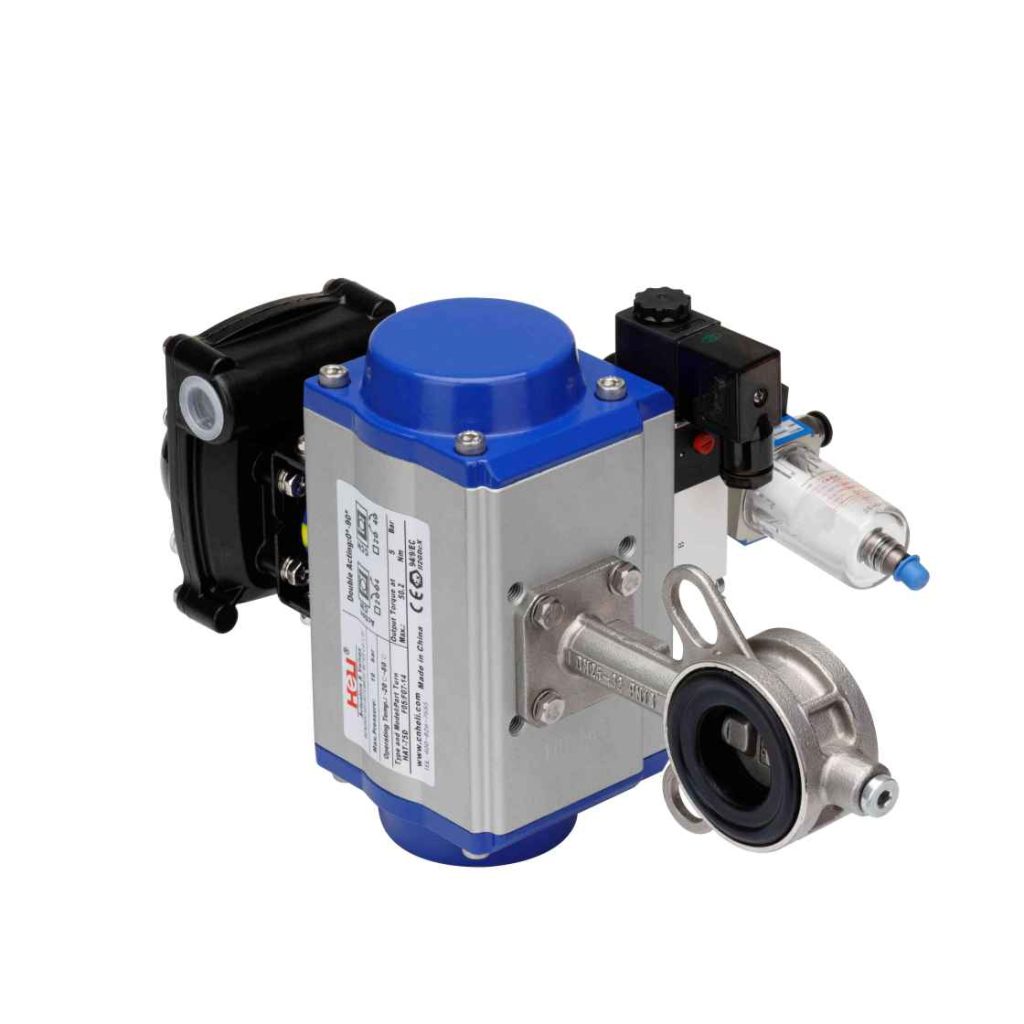The WCB Electric Flanged Hard Seal Butterfly Valve is a highly reliable and efficient solution for controlling the flow of fluids in various industrial applications. Engineered to withstand challenging conditions, this valve is widely used in industries such as petrochemical, water treatment, power generation, and HVAC systems. This article provides an in-depth look at the WCB Electric Flanged Hard Seal Butterfly Valve, focusing on its design features, operational advantages, and applications.
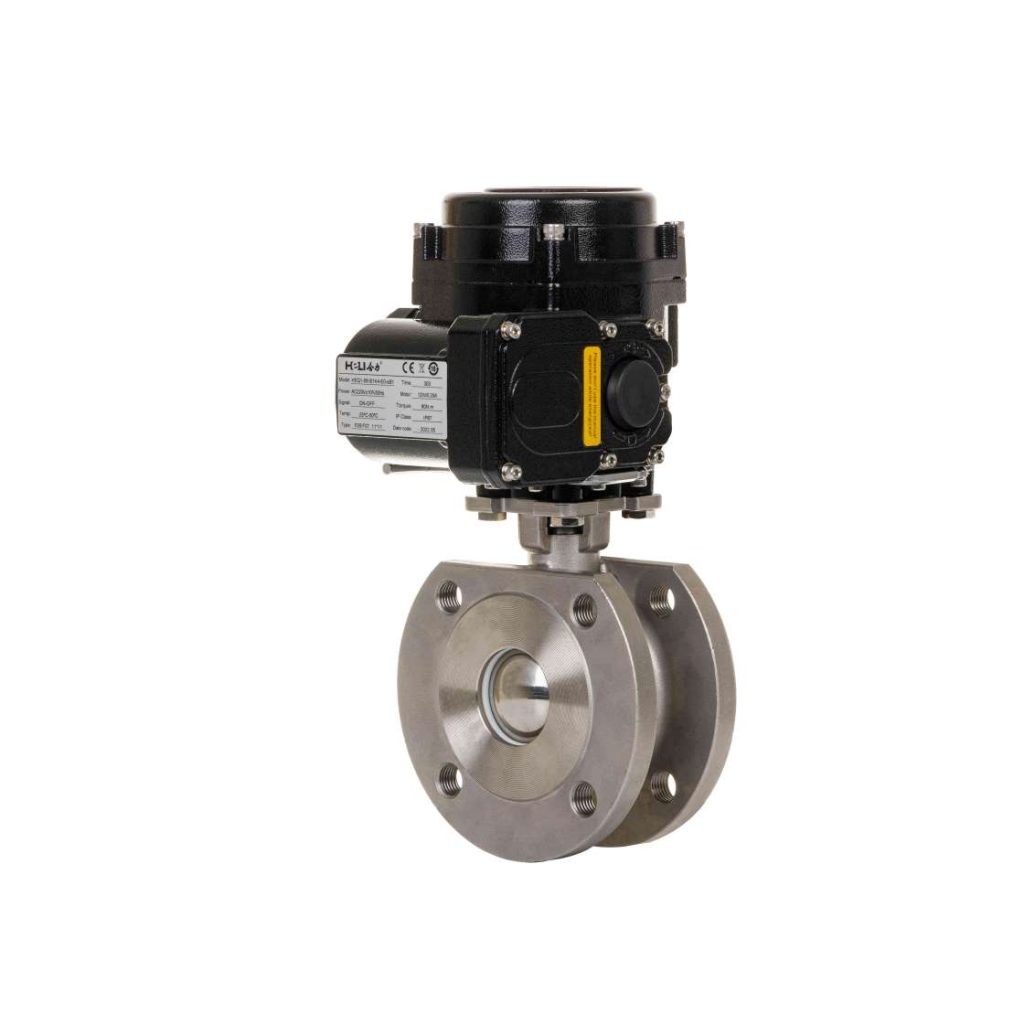
1. Introduction to WCB Electric Flanged Hard Seal Butterfly Valve

The WCB Electric Flanged Hard Seal Butterfly Valve is a precision-engineered valve designed for precise flow control. The “WCB” designation refers to the material composition of the valve body, which is typically made from a high-quality carbon steel alloy, ensuring robustness and durability. “Electric” indicates that the valve is operated through an electric actuator, providing seamless control and automation capabilities. The “Flanged” aspect means the valve has flanges at both ends for secure installation in piping systems, while the “Hard Seal” signifies that the valve features a strong, durable sealing mechanism designed for optimal performance in high-pressure or abrasive environments.

